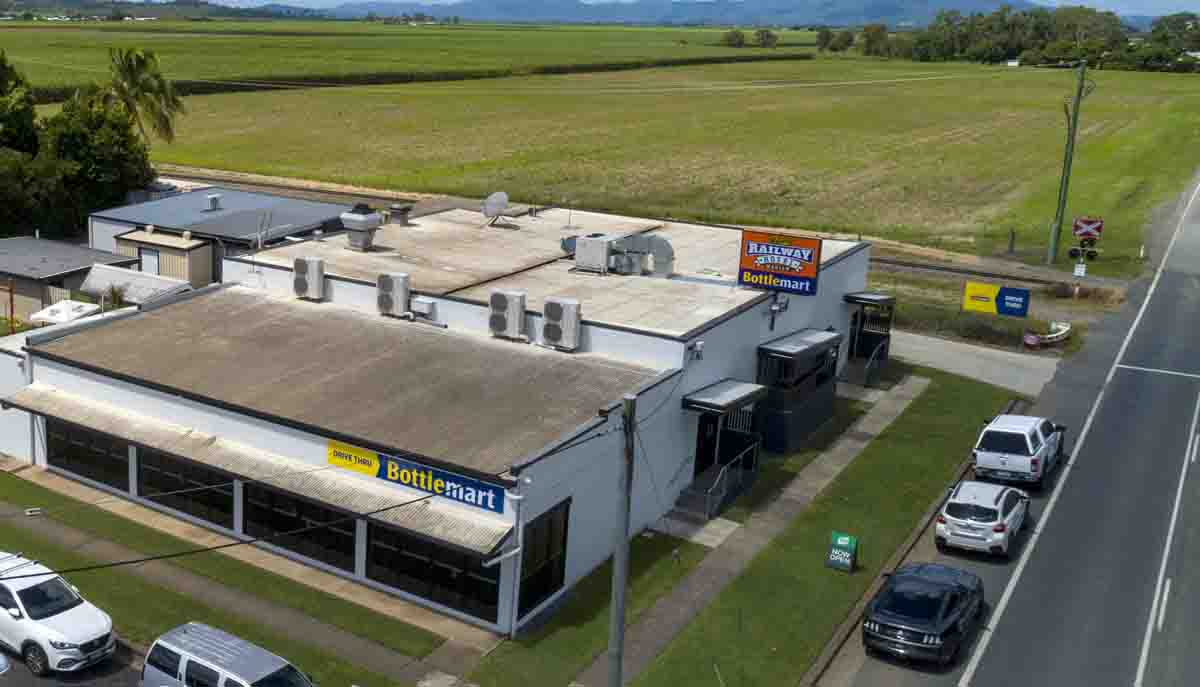The Albanese government’s assessment and reform of Australia’s migration system is heralded to strip red tap and greatly reduce delays to skilled workers being granted permanent residency.
Late last week at the National Press Club, home affairs minister Clare O’Neil presented the Federal Government’s 190-page review of the migration system, focused on skilled labour needs.
The review proposed reforms based in the government scrapping labour market testing in favour of a new tiered skills assessment, both improving the system and better capitalising on international students, shifting their visas away from lower skilled work into visas for qualified graduates.
Correspondingly, the points system for permanent migration will be overhauled, promising fairer pay thresholds for incoming workers and benefitting those able to make the greatest contribution to Australia. The new temporary skilled migration income threshold (TSMIT) would be raised from $53,900, set a decade ago, to $70k.
The Federal Government furthered the announcement by kick-starting planning on Friday with the states, for the services and infrastructure that will be required to support population growth.
Central to the plan is a new three-tiered assessment for migrants, applying a ‘light’ touch for highly skilled applicants on high salaries, a middle level for migrants eligible for the TSMIT, and a lower tier for sectors with skills shortages, which it’s said would create safe, formal, capped “tripartite pathways for workers”.
The report found the current system has heightened the “risk of exploitation” on temporary migrant workers, notably sponsorship, which “stifles the ability and willingness” of an employee to report non-compliance by the employer. It was proposed to allow temporary migrant workers up to six months to find comparable work with a new employer.
It was found the system is overly complex, consisting of more than 100 visa subclasses, and yet requirements for applicants hoping to stay do not test their long-term ability to contribute to the economy.
Major supply and demand mismatches were identified, as seen in the current cap on permanent migration – set by “successive governments” at 195,000 – while the demand for temporary migrants has doubled since 2007, currently at 1.8 million people, with more than a million people waiting for visas.
The Federal Government has accepted recommendations and will work with the states, as well as the business sector and unions, to tune the details.
Prime Minister Anthony Albanese described the migration system Labor inherited as “broken”, while minister O’Neil suggested it was “startling” there has not been a genuine mechanism for government to plan for population changes, but that their strategy is to have what is required in place by the end of the year.
The reforms have garnered broad support from major bodies, such as the ACTU, Australian Chamber of Commerce and Industry, Tourism Accommodation Australian (TAA), the Accommodation Association (AA) and the AHA, praising moves to attract skilled workers and improve pathways to permanency in sectors that have been “crying out for reform” for years.
National AHA CEO Stephen Ferguson says the plans achieve balance in a very complex arena.
“Our sector is desperate for workers – yes, we all want to hire Australians first, but there are simply not enough people to do the jobs.
“Migration is the only way to fill tens of thousands of positions, especially in the regions.”
The priority of reforms will be to improve skilled migration, ahead of family-related circumstances, although the government acknowledges the family program also needs reform.
Rather than lists of suitable occupations, there will be evidence-based assessments of skills needs conducted by the department and Jobs and Skills Australia.
This signals that the requirement for employers to advertise jobs in Australia before they can bring in workers (labour market testing) will likely be discontinued.
“What we need to do is to make sure that we identify the skills we need, identify the regions where we need additional workforce, and tailor our migration system so that it benefits those people who come to Australia, but more importantly as well, so that it benefits our national interests,” said the PM.








Yes we can identify the skill